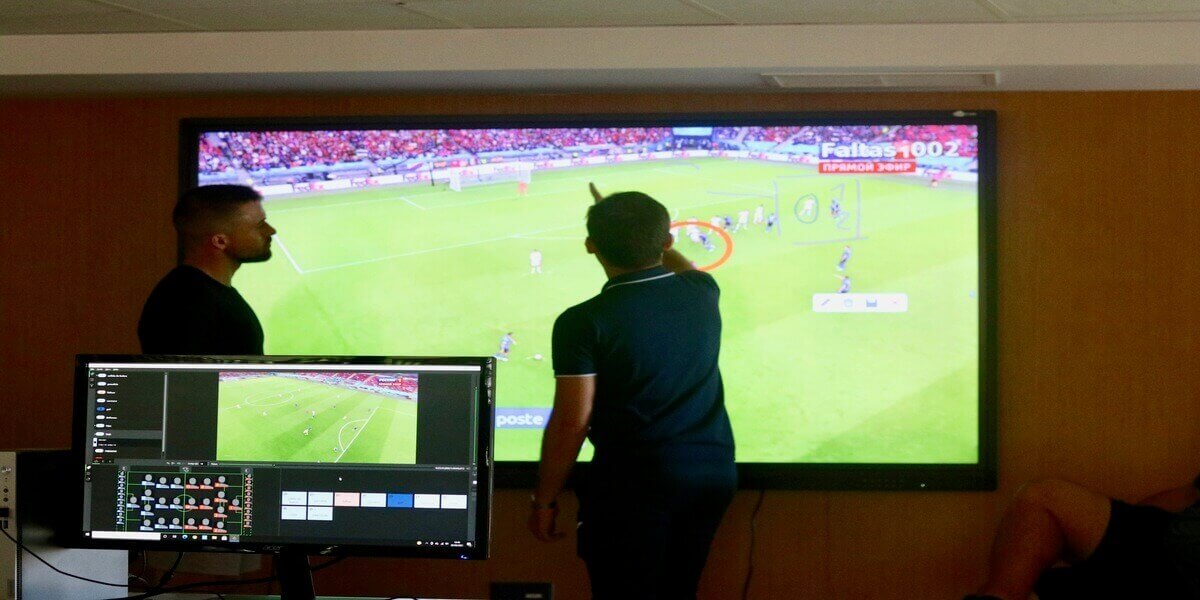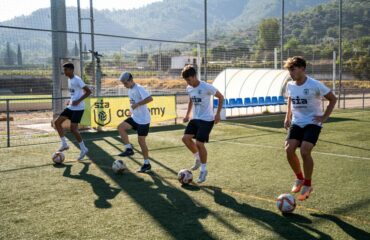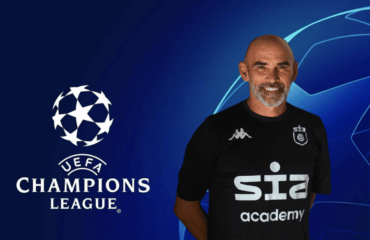The importance of video analysis in the world of sport is growing. It is becoming more and more important in the decision making process within a coaching staff.
How to scout a rival team in football?
This process is important as more and more coaches want to know how much better and know their opponents in detail in order to counteract them in the best possible way. Knowing how your opponents play, detecting their patterns, whether they are strengths or weaknesses with the aim of transferring it to the rest of the members of the coaching staff so that they have as much information about the opposing team as possible.
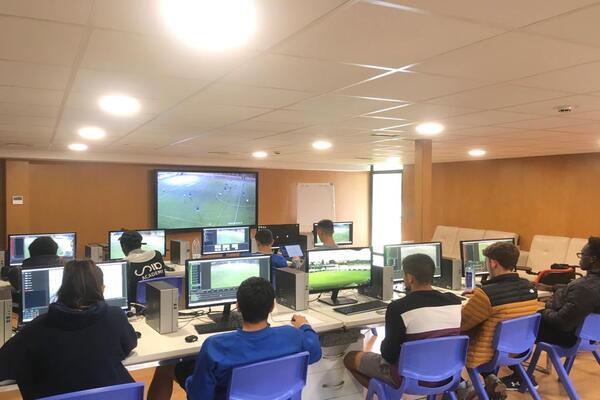
Know how your opponents play, detect their patterns, whether they are strengths or weaknesses, with the objective of transferring it to the rest of the coaching staff so that they have the most information about the opposing team.
What are the most important football metrics when analysing opponents?
In relation to the collection of data for the written and audiovisual reports, we have the following way of working:
We take care to have recorded as many of the opponent’s matches as possible, in order to make an exhaustive viewing of this.
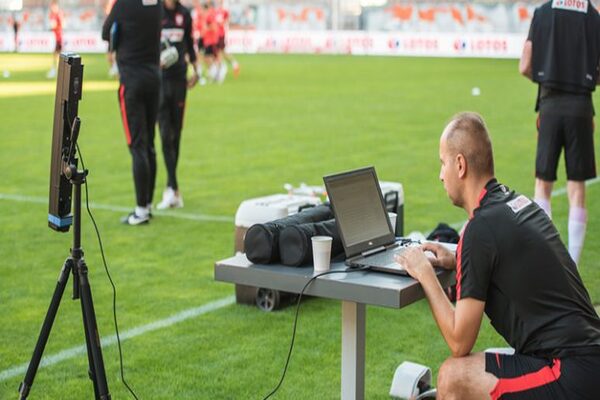
Subsequently, the analyst, using different specialised football software, will make videos on the patterns of the opposing team, focusing on what the coach has told him first of all what he needs to know about the opposing team, such as, for example, ball exit, offensive and defensive transitions or set pieces.
What can’t be missing in a report to analyse the opponent in football?
It is necessary that the coach sets some premises for the analyst about what he wants to see reflected in the audiovisual analysis that will later be given to him, as he will filter a large number of images so that they remain in short videos with the aim of transmitting them to the players in a clear and concise way.
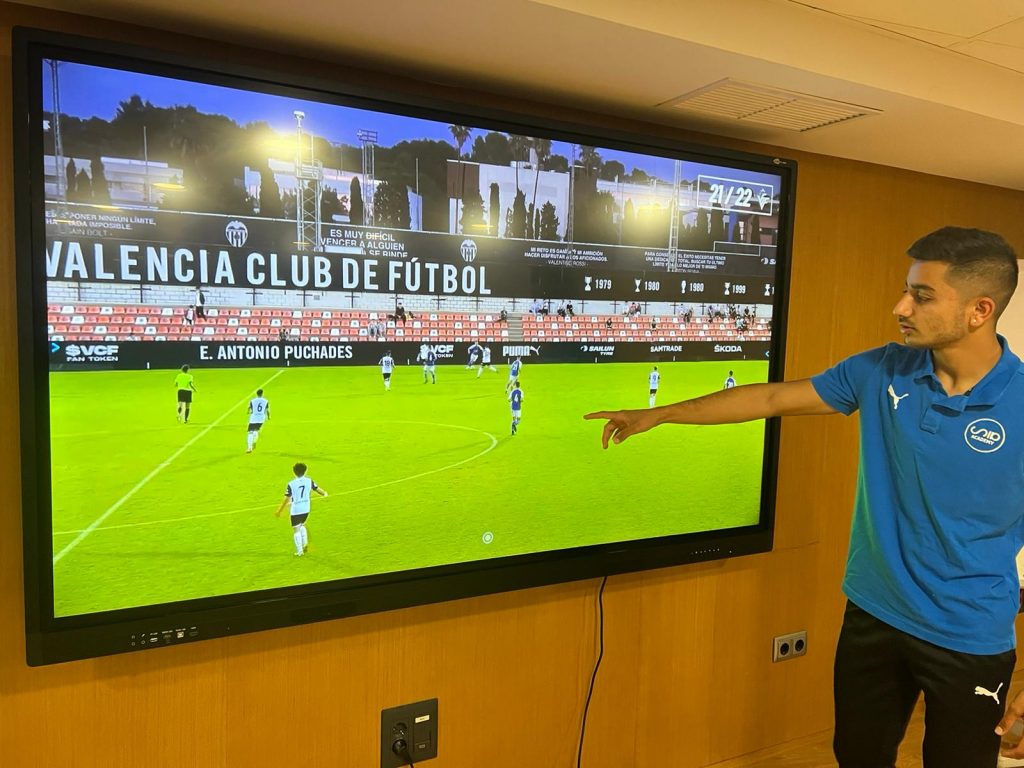
In this section it is important to emphasise the length of the videos to be shown, as a very long and extensive analysis can lead to the players’ attention not being captured once they are watching the opponent in the video room.
At the beginning of the week, before training, the coach should have the written and video reports of the opponent he is going to face that weekend.
All this, with the intention that when he starts to prepare the training sessions for the week, he can approach it in the way he thinks is most convenient, knowing the strengths and weaknesses of the opponent.

Opponent analysis reports in football
There are 2 types of reports:
1- Audiovisual: recording the match for later viewing by the tactical analyst, making ‘cuts’ according to the guidelines established by the coach.
2- Written: this is done manually, while the match is being viewed, using a template with the premises indicated by the coach.
In both reports, characteristics of individual players that are usually of great importance in the game are also added.
The information gathered on individual opposing players, their characteristics and movements, with their strengths and weaknesses.
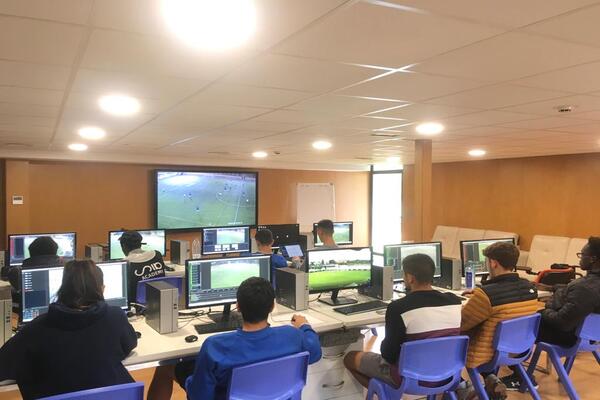
What do we analyse about the opponent?
– Game model
– Formation:
– Usual
– Variants: with the score in favour and with the score against (this sub-section is especially important because we have to know what we are facing when the score changes).
– Build up: play straight or combined
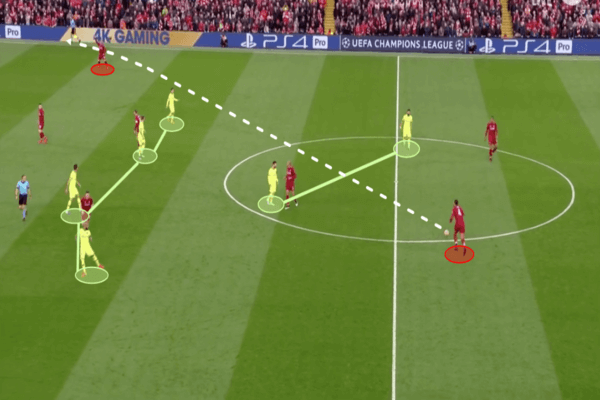
Transitions Defence – Attack
– Transitions Attack – Defence
– Behaviour in different areas of the pitch:
– Zone 1 or starting zone
– Zone 2 or midfield
– Zone 3 or finishing zone
– Behaviour in the opponent’s build up
– Types of pressing
– Retreat: medium or intensive
– Surveillance
– Weak and strong lines of the opponent.
– Zones of superiority
– Areas of inferiority
– Set pieces:
– Offensive
– Defensive
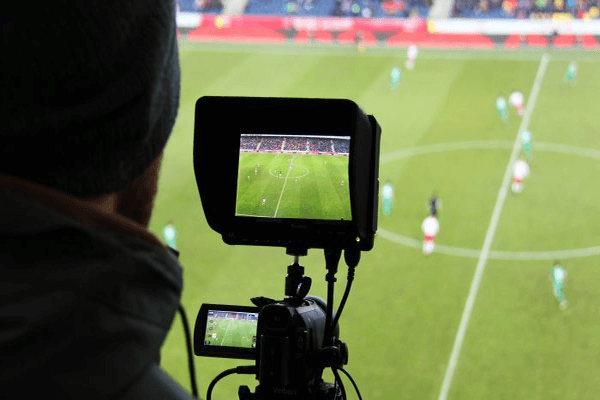
Conclusions
Therefore, knowing all this about the opponent will create a greater probability of success in the short and long term, as we will reduce the uncertainty of the game by knowing how to anticipate certain behaviours of the opponent.
This is a practice that is increasingly used. Coaches of any category want to know as much information as possible about their opponent. Therefore, having established guidelines and objectives to get the most important information is key.



